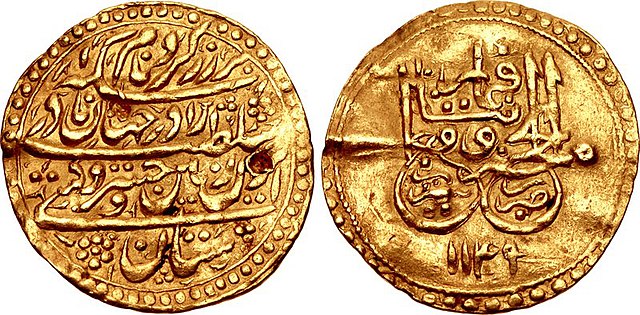Arya was the ethnonym used by Iranians during the early History of Iran. In contrast to cognates of Arya used by the Vedic people and Iranic steppe nomads, the term is commonly translated using the modern ethnonym Iranian.
Close up of the Behistun inscription by Darius the Great.
Ariana according to Eratosthenes shown in yellow.
Greater Iran or Greater Persia, also called the Iranosphere or the Persosphere, is an expression that denotes a wide socio-cultural region comprising parts of West Asia, the Caucasus, Central Asia, South Asia, and East Asia —all of which have been impacted, to some degree, by the Iranian peoples and the Iranian languages. It is defined by having been long-ruled by the dynasties of various Iranian empires, under whom the local populaces gradually incorporated some degree of Iranian influence into their cultural and/or linguistic traditions; or alternatively as where a considerable number of Iranians settled to still maintain communities who patronize their respective cultures, geographically corresponding to the areas surrounding the Iranian plateau. It is referred to as the "Iranian Cultural Continent" by Encyclopædia Iranica.
An Ashrafi Coin of Nader Shah (r. 1736–1747), reverse:"Coined on gold the word of kingdom in the world, Nader of Greater Iran and the world-conqueror king."
The Cyrus Cylinder, written in Babylonian cuneiform in the name of the Achaemenid king, Cyrus the Great, describes the Persian takeover of Babylon (An ancient city in modern-day Iraq).
Sassanian fortress in Derbent, Dagestan. Now inscribed on Russia's UNESCO world heritage list since 2003.
Painted clay and alabaster head of a Zoroastrian priest wearing a distinctive Bactrian-style headdress, Takhti-Sangin, Tajikistan, Greco-Bactrian kingdom, 3rd-2nd century BC.






